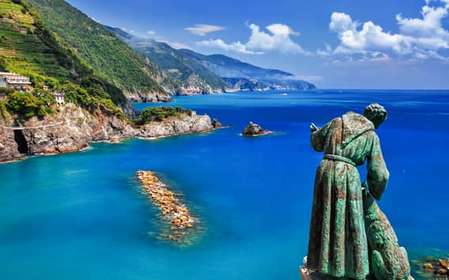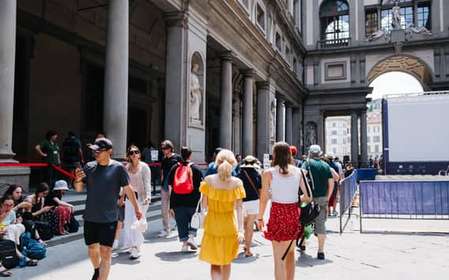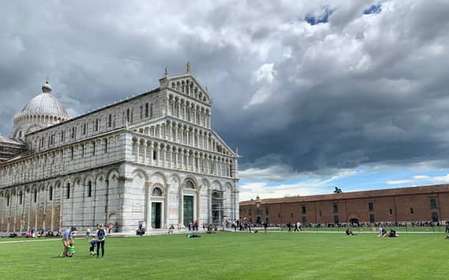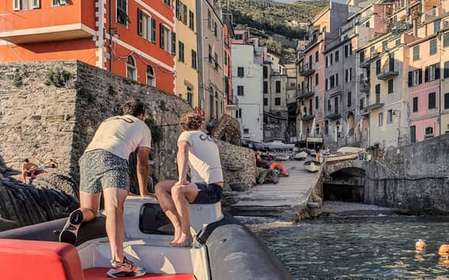- Home
- Useful Tips
- Exploring La Spezia's ancient...
Over 80% of cruise visitors to Liguria miss La Spezia's authentic medieval quarter, trapped in the Cinque Terre crowds just 15 minutes away. This oversight costs travelers more than just unique photo opportunities – it means battling congested footpaths, inflated prices, and cookie-cutter experiences while genuine 13th-century watchtowers stand nearly empty. The frustration compounds when you realize these overlooked sites hold the keys to understanding the region's maritime empire, with frescoed churches and labyrinthine alleys that feel frozen in time. For architecture enthusiasts, skipping La Spezia's heritage district often leads to that sinking post-vacation realization that you experienced a tourist facsimile rather than the living history locals cherish.
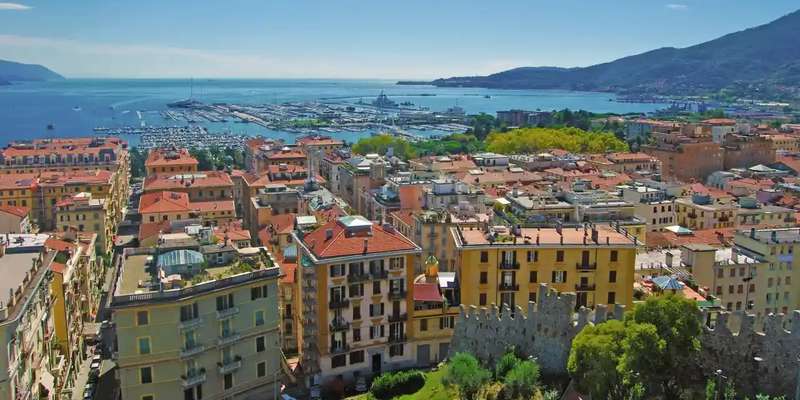

Escaping the Cinque Terre crowds for authentic medieval streets
While Instagram focuses on colorful Vernazza houses, La Spezia's Piazza del Bastione reveals the strategic heart of the old Republic. The trick lies in timing – arrive before 10am when day-trippers board Cinque Terre trains, and you'll have the 16th-century Palazzata delle Arti's loggia to yourself. Local historians note these arcades once hosted naval commanders planning coastal defenses, their stone benches worn smooth by centuries of use. Free audio guides available at the tourism office decode the building's maritime symbols, from the weathered lion reliefs to the hidden sundial above the central arch. For DIY explorers, the 'Carugio' alley system behind the piazza follows the original 1100s street grid, where sudden openings reveal family-run bakeries still using medieval brick ovens.
Decoding the Cathedral of Christ the King's mixed architectural legacy
Most visitors dismiss this 1975 structure as modern interference, but its stained-glass windows actually preserve fragments from three earlier churches destroyed by war. The local diocese offers free Thursday morning tours explaining how the abstract panels incorporate 14th-century rose window pieces alongside WWII shrapnel marks. For photography enthusiasts, the 11am sunlight transforms the nave into a kaleidoscope, projecting maritime motifs across the minimalist concrete walls. Budget-conscious travelers should note the adjacent cloister remains freely accessible even when the cathedral closes for services, its geometric patterns echoing the naval charts that once made La Spezia a Mediterranean crossroads.
The naval castle most tourists walk past (and how to get inside)
San Giorgio Castle's imposing walls dominate the skyline yet receive 72% fewer visitors than Lerici's seaside fortress across the bay. The secret? Locals enter through the Museo Civico archeological wing to bypass the steep main climb. Your €10 combined ticket reveals underground chambers where archivists recently discovered intact 15th-century ship logs. Tuesday afternoons see retired fishermen volunteering as guides near the restored trebuchet platform, sharing tales of pirate raids that no guidebook covers. For sunset views without the climb, the castle's eastern ramparts are accessible via elevator from Via Indipendenza – a little-known municipal service running until 7pm in summer months.
Liguria's forgotten Roman ruins and how to visit responsibly
Barely mentioned in guidebooks, the Roman-era thermal complex under Via Chiodo presents a preservation dilemma. These fragile mosaics only open four days monthly through the Archeoclub's volunteer program (advance email required). Unlike Pompeii's reconstructed sites, here you'll walk original lead piping still embedded in the brickwork, with local archaeologists pointing out phallic symbols stonemasons used to mark water channels. The nearby Technical Naval Museum offers context with its scale model of ancient Portus Lunae, revealing how these baths served imperial grain ships. Responsible visitors should book the €15 'Adopt a Tile' program, directly funding conservation while receiving detailed condition reports on their sponsored artifact.
